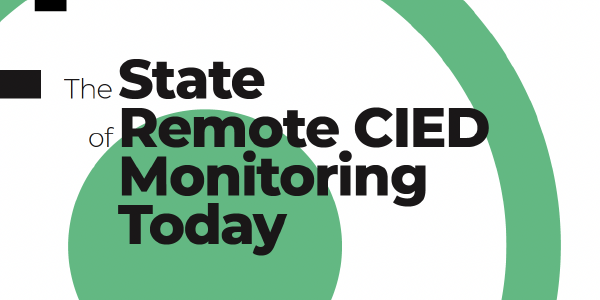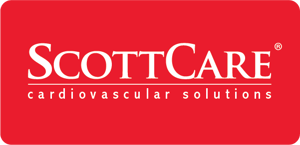
Optimizing Remote Monitoring with a Holistic Approach
At the 2023 HRS meeting in New Orleans, ScottCare and 91 Life cohosted a Rhythm Theater panel discussion on the subject of “The State of Remote CIED Monitoring Today”. This is part 4 of a series of summaries of the presentations presented by the speakers.
Bleron Baraliu presented an insightful lecture on the focus of his company 91 Life, taking a comprehensive approach to remote monitoring by bringing together electrophysiologists, mathematicians, and technologists. At 91 Life, they emphasize the importance of four Cs: connectivity, completeness, consistency, and care in optimizing remote monitoring. This summary will explore their strategies and advancements in these areas, including data integration, patient engagement, streamlined follow-up, and leveraging technology for improved quality of care.
Connectivity and Engagement:
The first step in remote monitoring is ensuring patient connectivity. 91 Life integrates with portals to automatically gather data, reducing the time required for this task. Engaging patients effectively involves understanding individual preferences and tailoring communication methods accordingly. Finding ways to simplify follow-up and avoid back-and-forth interactions with patients is crucial for optimizing care.
Defining Optimal Connectivity:
To ensure consistent connectivity, it is important to establish what constitutes optimal connectivity for each patient. This includes educating patients about the importance of regular connectivity and setting minimum thresholds. By streamlining patient education and providing clear guidelines, healthcare providers can improve connectivity rates and overall care.
Data Integration and Standardization:
Interoperability is key in remote monitoring. 91 Life strives to create a unified platform where all relevant information is easily accessible. They go beyond typical integration methods and use human-like integration techniques to capture additional data from portals. Integration with electronic medical records (EMRs) is another focus, aiming to incorporate labs, medications, and relevant disease information. Synchronization of scheduling and billing further optimizes revenue and ensures timely reporting.
Enhancing Consistency of Care:
Feedback mechanisms play a vital role in maintaining consistency. Collaboration between healthcare providers and monitoring services, such as between Ambucor and Valley Health, enables effective communication and allows for changes and notes to be shared transparently. Standardization of care based on best practices and drawing insights from diverse experiences across multiple clients can be achieved through machine learning and augmented intelligence.
Quality of Care and Time Efficiency:
Achieving a balance between quality of care and time spent is a critical aspect of remote monitoring. Leveraging information beyond traditional text-based reports, such as using shapes, colors, and changing elements, can enhance data presentation and make it more dynamic. Capturing relevant historical information and summarizing it in a concise manner saves time for physicians and technicians. Augmented intelligence and mathematical modeling can further optimize data analysis, enabling predictive analytics, treatment impact assessment, and suggesting best courses of action.
Conclusion:
Bleron Baraliu illustrated 91 Life's holistic approach to remote monitoring addresses the challenges of connectivity, completeness, consistency, and care. By integrating data, engaging patients effectively, streamlining follow-up processes, and leveraging technology for data analysis and decision-making, healthcare providers can improve the quality and efficiency of remote monitoring. These advancements in remote monitoring not only enhance patient care but also pave the way for precision medicine and preventive care.


